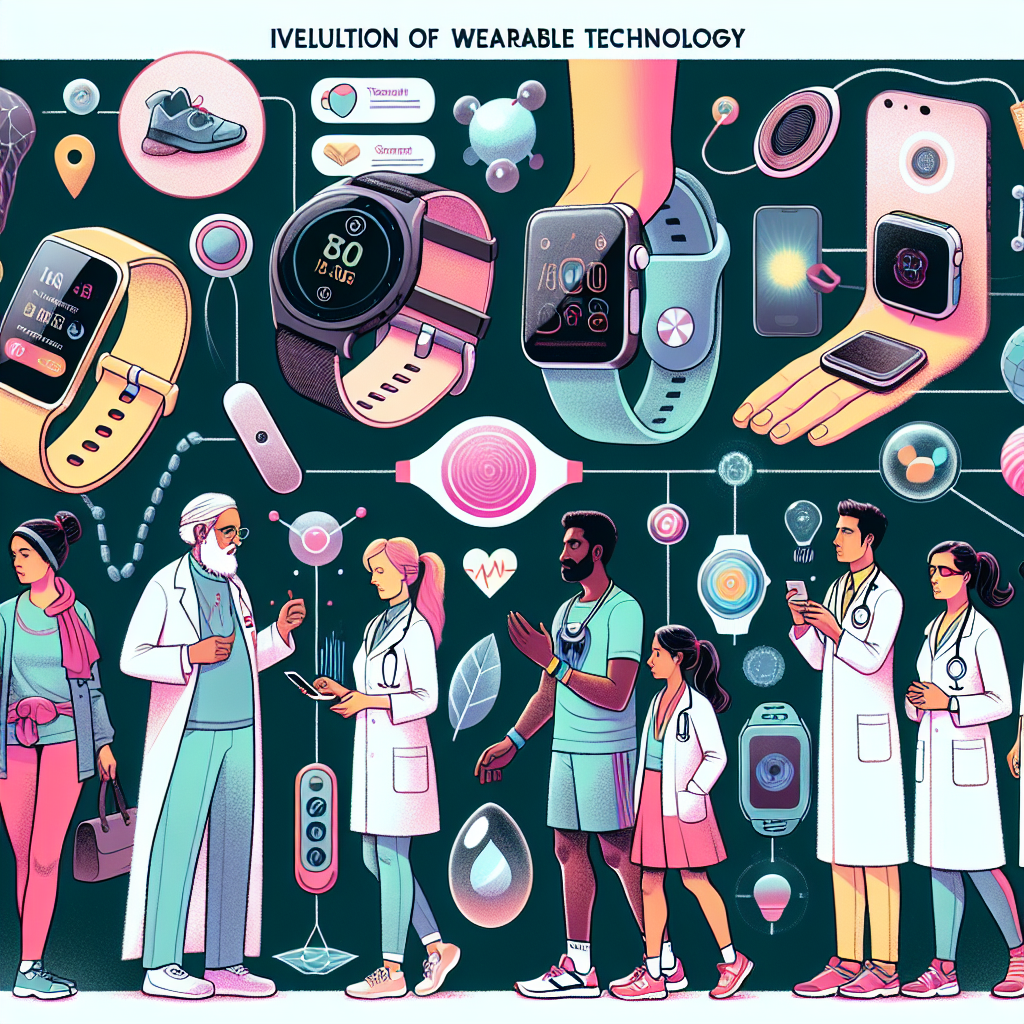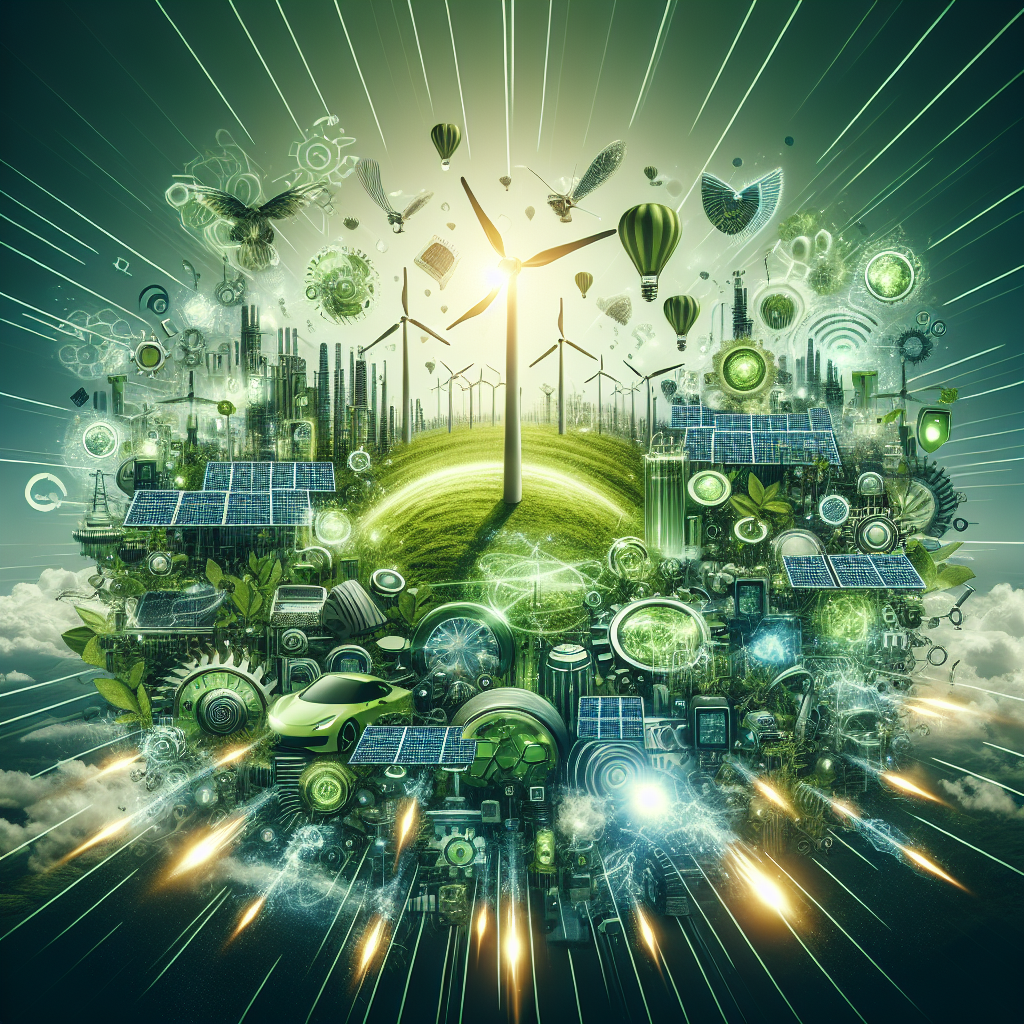Green Tech: How Technology is Powering the Fight Against Climate Change
Climate change stands as one of the most pressing issues of our time. With rising global temperatures, intensifying weather patterns, and declining biodiversity, urgent action is required. Thankfully, technology offers numerous innovative solutions to address these challenges. Green technology, or “green tech,” represents a rapidly advancing sector that leverages technological advancements to create more sustainable and eco-friendly systems. This article explores the burgeoning field of green tech and its pivotal role in combating climate change.
Renewable Energy Sources
One of the cornerstones of green tech is the shift from fossil fuels to renewable energy sources. Solar, wind, hydroelectric, and geothermal energy technologies have evolved dramatically, enabling us to harness natural resources in more efficient and cost-effective ways.
Solar Power: Advances in photovoltaic (PV) technology have significantly improved the efficiency and affordability of solar panels. Innovations like bifacial modules and perovskite solar cells are pushing the boundaries, making solar energy a viable option even in less sunny regions.
Wind Energy: The development of larger, more efficient wind turbines has made wind energy more competitive. Offshore wind farms in particular are seeing exponential growth, exploiting stronger and more consistent wind patterns over ocean waters.
Hydroelectric and Geothermal Energy: These forms of energy provide reliable, constant power. New technologies aim to minimize their environmental impact while maximizing output, such as fish-friendly turbines for hydroelectric dams and enhanced geothermal systems (EGS) that can operate in a wider range of geo-conditions.
Energy Storage and Efficiency
Renewable energy is inherently variable, requiring advanced storage solutions and smart grid technology to ensure a stable power supply. Innovations in energy storage, like lithium-ion and solid-state batteries, allow excess energy to be stored and used when the sun isn’t shining or the wind isn’t blowing.
Smart Grids: IoT (Internet of Things) devices and AI-driven analytics optimize energy distribution, balancing supply and demand in real-time. These smart grids reduce waste and improve the efficiency of energy use, facilitating the integration of more renewable energy sources.
Sustainable Transportation
Traditional modes of transportation contribute significantly to greenhouse gas emissions. The rise of electric vehicles (EVs), high-speed rail, and even electric aviation presents a greener future for transportation.
Electric Vehicles: New battery technologies and widespread charging infrastructure make EVs an increasingly attractive option. Companies like Tesla, Nissan, and even traditional automakers such as Ford and GM are pushing the envelope with long-range, affordable electric cars.
Public Transportation: High-speed electric trains and battery-powered buses are becoming more prevalent, offering energy-efficient alternatives to cars and reducing urban pollution.
Circular Economy and Waste Management
The concept of a circular economy emphasizes designing out waste and keeping products and materials in use. Green tech innovations are instrumental in making this a reality.
Recycling Technologies: Advanced sorting systems, chemical recycling, and biodegradable materials offer ways to reduce waste. AI-powered robots can distinguish and segregate different types of waste more accurately than humans, increasing recycling rates.
Upcycling and Reuse: Platforms and technologies that facilitate the repair, refurbishment, and repurposing of products can extend their lifecycle, reducing the need for new resources and minimizing waste.
Agriculture and Food Technology
Agriculture is another sector ripe for transformation through green tech. Efficient farming practices, alternative proteins, and vertical farming are reshaping how we produce food sustainably.
Precision Agriculture: Utilizing sensors, drones, and AI, precision agriculture optimizes water and nutrient use, significantly reducing the environmental impact of farming.
Alternative Proteins: Plant-based and lab-grown meats offer sustainable alternatives to traditional livestock farming, which is a major source of methane emissions.
Vertical Farming: This method allows crops to be grown in stacked layers, often in urban environments, reducing the need for transport and using significantly less land and water.
Conclusion
Green tech offers promising tools and strategies to mitigate the impacts of climate change and build a more sustainable future. By investing in and advancing these technologies, we not only preserve our environment but also create economic opportunities and improve the quality of life. The fight against climate change is complex, but with green tech leading the charge, a greener, more resilient planet is within our grasp.














Leave feedback about this
You must be logged in to post a comment.